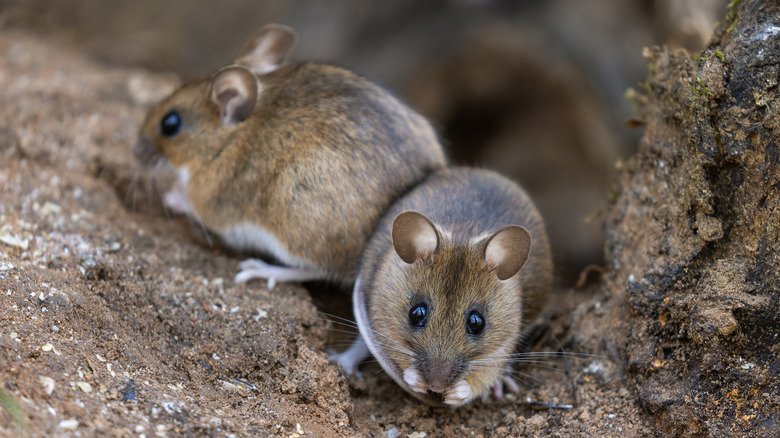Pest infestations are an unfortunate reality for many homeowners, and among the most notorious troublemakers are mice and rats. These small rodents are not only a nuisance but also potential carriers of diseases, posing risks to the health and hygiene of households. However, distinguishing between a mouse and a rat is not a straightforward task for everyone, and this lack of clarity can lead to ineffective pest control efforts. Therefore, understanding the subtle yet crucial differences between mice and rats is paramount.
Mice, being smaller and more adaptable, require a different approach than rats, which are larger and often more cautious in their behaviors. This distinction is not just about size but extends to their habits, preferred habitats, and potential threats they pose. Precise identification is crucial as the methods used to eliminate mice are a bit different from those that are appropriate for rats. Moreover, mice and rats have distinct reproductive patterns and rates, influencing the speed at which an infestation can escalate. This knowledge is vital for implementing proactive and preventive measures, as well as for addressing an existing rodent problem promptly.
Here, we delve into the specific characteristics of mice and rats, including their behaviors and effective control strategies. Armed with this information, homeowners can tackle their rodent woes more efficiently, creating healthier and more secure living environments.
Getting to know the mighty mouse

Mice are diminutive yet resilient rodents. They measure about 3 to 4 inches in length, making it easy to distinguish them from their larger counterparts, rats. Mice possess large ears and a long, slender tail, and their fur color can vary, ranging from light gray to brown. These creatures exhibit remarkable adaptability, thriving in diverse environments, from rural farms to urban households. Just like rats, mice are nocturnal creatures, preferring to explore their surroundings under the cover of darkness. They are agile climbers and adept swimmers, making them highly resourceful in finding food and shelter. Per Orkin, mice reproduce at an alarming rate, with a single female capable of reproducing as much as ten times in a year, with five to eight pups comprising each litter. This rapid reproduction cycle underscores the urgency of addressing a mouse infestation promptly.
Mice have a diverse diet, consuming grains, seeds, fruits, and even small insects. Their gnawing habits extend beyond food sources, posing threats to your property by chewing through wires, insulation, and even structural materials. According to Critter Control, beyond the physical damage they cause, mice are carriers of diseases like hantavirus, hantavirus pulmonary syndrome (HPS), lymphocytic choriomeningitis (LCM), salmonellosis, leptospirosis, tularemia, and others. The microorganisms they carry may be transmitted through contact with their droppings, urine, or saliva. To effectively keep mice away, sealing entry points, maintaining a clean environment, and strategically placing traps are essential.
Rats — bigger, bolder, and burlier
The larger and more formidable cousins of mice, rats, can grow up to 10 inches in body size. Unlike mice, rats exhibit neophobic behavior, displaying caution toward new objects in their environment. This makes them more challenging to trap, requiring a thoughtful and patient approach to pest management. Rats often establish their habitats in sewers, basements, and attics, seeking shelter in hidden spaces. Their burrowing instincts make them adept at creating nests in insulation and other materials, posing a threat through potential structural damage in addition to disease transmission. Examples of diseases that may be transmitted by rats include HPS, leptospirosis, bubonic plague, rat-bite fever, salmonellosis, and tularemia.
Like mice, rats are prolific breeders. Rentokil says rats achieve sexual maturity after nine weeks — and a female rat can produce up to six litters per year with each litter comprising as many as 12 pups. Rats are omnivores, with a diet encompassing grains, meats, and even other rodents like mice.
To get rid of rats, eliminating food sources, sealing entry points, and using traps are essential. While some pest control methods overlap for mice and rats, their differing behaviors, sizes, and habits often require distinct approaches, particularly in relation to their bait preferences, behavior toward traps, and the entry points they use. Understanding these differences allows for a more targeted and effective approach to pest control, ensuring that the specific challenges posed by mice or rats are appropriately addressed.